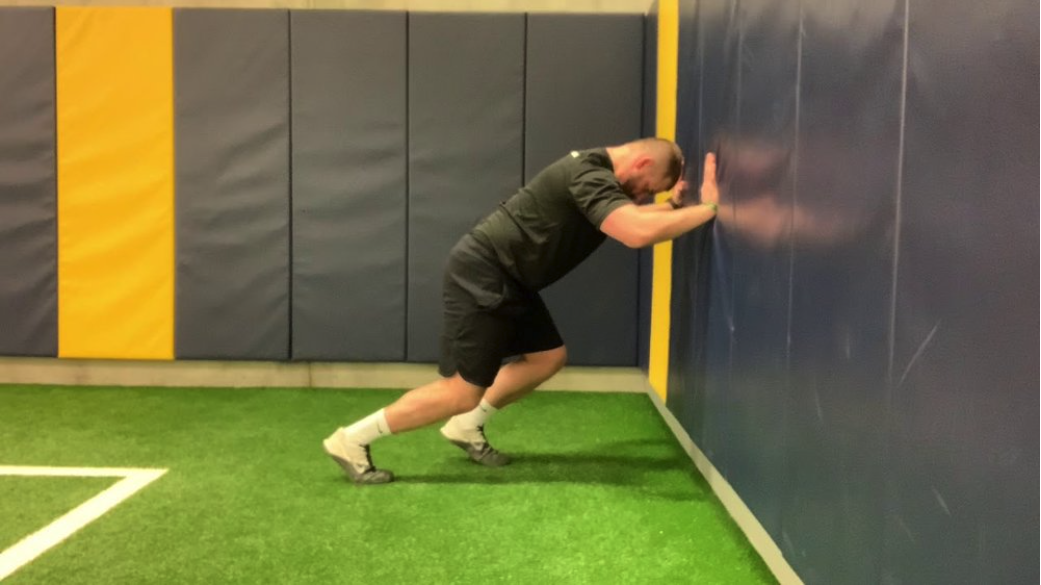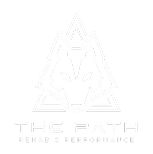Therapeutic Benefits of Isometric Exercises

What are Isometric Muscle Contractions?
Isometrics contractions are exercises where the muscles are producing force without movement. This can be achieved by either pushing/pulling against an immovable resistance, holding a weight in a certain position, or maintaining the same position for a certain amount of time by resisting movement.
You can break isometric contractions down into different categories:
1) Yielding isometrics: Holding a load with the aim of resisting eccentric forces. Your body is resisting movement, examples include holding a plank or a wall sit.
2) Overcoming isometrics: Attempting to move an immovable object by pushing or pulling on it. Your body is trying to overcome the resistance, examples include pulling against a weight that is chained to the floor, or pushing an immovable object.
3) Isolated Isometrics: When a single joint is acted upon. Examples would include an isometric hamstring curl that is only acting upon the knee joint.
4) Complex Isometrics: When multiple joints are acted upon using multiple different muscle groups. Examples would include an isometric split squat that is acting upon the hip, knee, and ankle joints.
What are Isometric Muscle Contractions?
Isometrics contractions are exercises where the muscles are producing force without movement. This can be achieved by either pushing/pulling against an immovable resistance, holding a weight in a certain position, or maintaining the same position for a certain amount of time by resisting movement.
You can break isometric contractions down into different categories:
1) Yielding isometrics: Holding a load with the aim of resisting eccentric forces. Your body is resisting movement, examples include holding a plank or a wall sit.
2) Overcoming isometrics: Attempting to move an immovable object by pushing or pulling on it. Your body is trying to overcome the resistance, examples include pulling against a weight that is chained to the floor, or pushing an immovable object.
3) Isolated Isometrics: When a single joint is acted upon. Examples would include an isometric hamstring curl that is only acting upon the knee joint.
4) Complex Isometrics: When multiple joints are acted upon using multiple different muscle groups. Examples would include an isometric split squat that is acting upon the hip, knee, and ankle joints.

Benefits of Isometrics
There are an outstanding number of benefits to isometric exercises. For the sake of time, I will only list the ones that directly relate to muscle, connective tissue, and skeletal benefits.
- Increase muscle strength
- There is an abundance of evidence that isometric exercises increase muscular strength, hypertrophy, and mass. Isometric exercises have the substantial benefit of recruiting almost all available motor units during the exercise. Motor units control the skeletal muscles, and when you lift weights your body will adapt to the motor unit demands (Fallentin, et al). So in order to continue progressing in strength gains it is necessary to increase motor unit demands, which is why isometrics are effective at increasing strength.
- Increase tendon stiffness
- Research has proven that isometric training increases tendon stiffness (Kubo, et al). “Stiffness” of a tendon might sound counterintuitive, however you want your joints to be mobile and tendons to be stiff. The reason you would want tendon stiffness is that it allows your tendon to withstand high loads.
- Increases bone density
- Several studies have cited isometric exercises as an effective way to increase bone density and formation, and reduce risks of developing osteoporosis. What is even more exciting, is that studies show that progressively resisted isometric exercises for just 10 minutes daily are an adequate stimulus for enhancing bone formation in people who have already developed osteoporosis (Swezey, et al).
- Improves joint range of motion
- Research has shown that Isometric exercises, when performed with proper test position and degree of force, can be an extremely beneficial way to increase range of motion as well as strengthen muscles in that range (Folland, et al). This type of training can also decrease the sensation of tightness as the joints become more stable.

Why We Use Isometrics in Rehabilitation
- Pain management
- In the rehab setting we often prescribe isometrics as a form of pain management. Isometrics for tendon pain can give immediate and sustained pain relief (Rio, et al). In fact, research has shown that isometric exercises can create a pain relief window of 45 minutes to 8 hours following the exercise. If the isometrics do not decrease the pain, there is a good chance that the tendon is not the issue or the source of pain.
- Provide a safe way to remodel any damaged/healing tissue
- Isometric exercise is an extremely safe strength training technique because it allows us to strengthen without having to lift heavy or train with high impact. Rather, you control the resistance while receiving feedback from your body making you more intune to your body's needs.
- Increase muscle coordination and balance
- Isometric exercises will help improve your stability, body control, and coordination by improving the neuromuscular connection. When performing isometrics, people gain more body awareness in space, therefore it is a great tool in the therapeutic setting.
- Improve muscular recruitment patterns
- Muscle Recruitment describes a motor neuron (a nerve) and all the individual muscle fibers that it innervates. Recruitment patterns are essentially the order and magnitude of the contraction of the muscles involved in the exercise. For example, two people could have similar squat forms but one might be more quadricep dominant while the other more glute dominant. If this recruitment pattern is causing issues such as pain, isometric exercises are a great tool to work on changing the recruitment pattern/strategy used during the movement.

References
Swezey RL, Swezey A, Adams J. Isometric progressive resistive exercise for osteoporosis. J Rheumatol. 2000 May;27(5):1260-4. Erratum in: J Rheumatol 2000 Dec;27(12):2946-7. PMID: 10813298.
Fallentin N, Jørgensen K, Simonsen EB. Motor unit recruitment during prolonged isometric contractions. Eur J Appl Physiol Occup Physiol. 1993;67(4):335-41. doi: 10.1007/BF00357632. PMID: 8299601.
Kubo, K., Kanehisa, H., Ito, M., & Fukunaga, T. (2001). Effects of isometric training on the elasticity of human tendon structures in vivo. Journal of Applied Physiology, 91(1), 26–32. https://doi.org/10.1152/jappl.2001.91.1.26
Folland JP, Hawker K, Leach B, Little T, Jones DA. Strength training: isometric training at a range of joint angles versus dynamic training. J Sports Sci. 2005 Aug;23(8):817-24. doi: 10.1080/02640410400021783. PMID: 16195033.
Rio E, Kidgell D, Purdam C, Gaida J, Moseley GL, Pearce AJ, Cook J. Isometric exercise induces analgesia and reduces inhibition in patellar tendinopathy. Br J Sports Med. 2015 Oct;49(19):1277-83. doi: 10.1136/bjsports-2014-094386. Epub 2015 May 15. PMID: 25979840.
Sign up for our newsletter
Join our community and receive exclusive physical therapy insights, training strategies, and recovery techniques tailored for active people.
